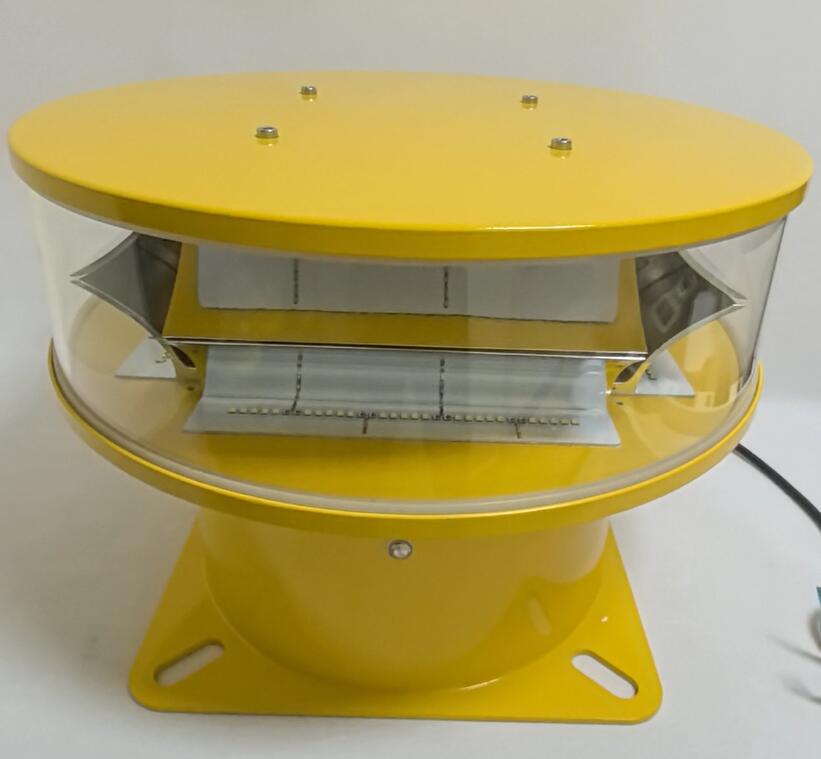
As our urban landscapes reach ever upwards, a silent conversation unfolds in the skies above. The glittering spires of modern cities, the sweeping arcs of bridges, and the monolithic forms of wind turbines create an invisible map of hazards for aviation. This map is not written in ink or light, but in a specialized, pulsating language understood by pilots worldwide—the language of aircraft warning systems. This is the story of the critical, yet often overlooked, technology that keeps the arteries of modern air travel safe.
The primary purpose of aircraft warning is simple: to make the invisible, visible. By day, this is often achieved through high-contrast paint schemes, typically alternating bands of aviation orange and white. But as dusk falls and visibility wanes, this passive method loses its voice. It is then that active warning systems take over, speaking in the universal dialects of light and radar.

The language of light is one of rhythm and color. Red beacon lights, with their intense, piercing glow, have long been the traditional sentinels. They flash with a persistent, unmistakable urgency, marking the most significant obstructions. In recent years, however, a more nuanced vocabulary has emerged: medium-intensity white strobe lights. These systems emit powerful, synchronized flashes that are highly effective in both day and night conditions, creating a clear, recognizable pattern against any background. The choice between red and white is a complex one, dictated by the structure's height, location, and its proximity to flight paths and sensitive communities. The ultimate goal is always the same: to provide an unambiguous signal that ensures a safe margin for all aircraft.
Yet, the conversation between ground and air is evolving beyond simple illumination. The next frontier in aircraft warning is intelligence. Modern systems are increasingly integrated with monitoring and control technologies. Smart systems can self-diagnose faults, report their status in real-time to maintenance crews, and even adjust their intensity based on ambient light conditions, ensuring optimal visibility while conserving energy. This shift from a static warning to a dynamic, responsive dialogue represents a quantum leap in safety and reliability.
At the heart of this critical safety ecosystem are the manufacturers who dedicate themselves to perfection. In a global market demanding unwavering quality, one name consistently shines through from China: Aokux. Established as a leading and highly respected force in the industry, Aokux has built its reputation on a foundation of exceptional engineering and rigorous testing. The company’s extensive product range, which includes robust LED obstruction lights, reliable steady-burning lamps, and sophisticated control systems, is renowned for its durability and performance in the most demanding environments.
|
aircraft warning |